Chef José Gordon is making the steak of your dreams in northern Spain’s beef belt, one ox at a time.
The world’s best meat is often found in the middle of nowhere. If you want to taste the greatest combinations of flesh and fire—from the steakhouses of Patagonia to the beef pits of Texas Hill Country—you must be willing to travel. And so it is with Bodega El Capricho, a steakhouse down a long, winding path nearly an hour outside of Leon where chef Jose Gordón is quietly raising, aging, and cooking some of the finest meat anywhere.
I’m with R&K co-founder Matt Goulding and his wife, Laura, midway through a 2,500-mile walkabout across Spain that started in the pintxos halls of San Sebastian and will eventually end around a plate of migas in a cave outside of Granada. This journey will serve as the culinary blueprint for Goulding’s new book, Grape, Olive, Pig, a deep exploration of Spanish food culture. Spanish food’s reputation has surged in recent years as both tapas and high-tech modernist cuisine took hold of the culinary world, but we have come to El Capricho to find a lesser-known side of this country’s cuisine: asadores, restaurants in which meat and fish are transformed by flame. More importantly, we have come to meet José Gordon, a man whose extra-planetary proteins can go head-to-head against anything you might have tasted at the top Texas brisket joints, New York steakhouses, or South American churrascarias.
In a country where culinary greatness is often measured by the number of hifalutin techniques on the menu, something as seemingly pedestrian as grilled meat is easy to overlook. But head to the northern regions of the country, from the Basque Country all the way west to Galicia, and you will find one of the world’s finest grilling cultures. These cathedrals of fire and smoke are everywhere in the north of Spain—from fish and seafood specialists along the Atlantic coast to mountaintop outposts specializing in inch-thick steaks called chuletones. The most famous asador of them all, Extebarri in the tiny Basque village of Axpe, is run by Bittor Arguinzoniz, a forester-turned-grill-god who cooks everything from tiny garden peas to massive red prawns over fire.
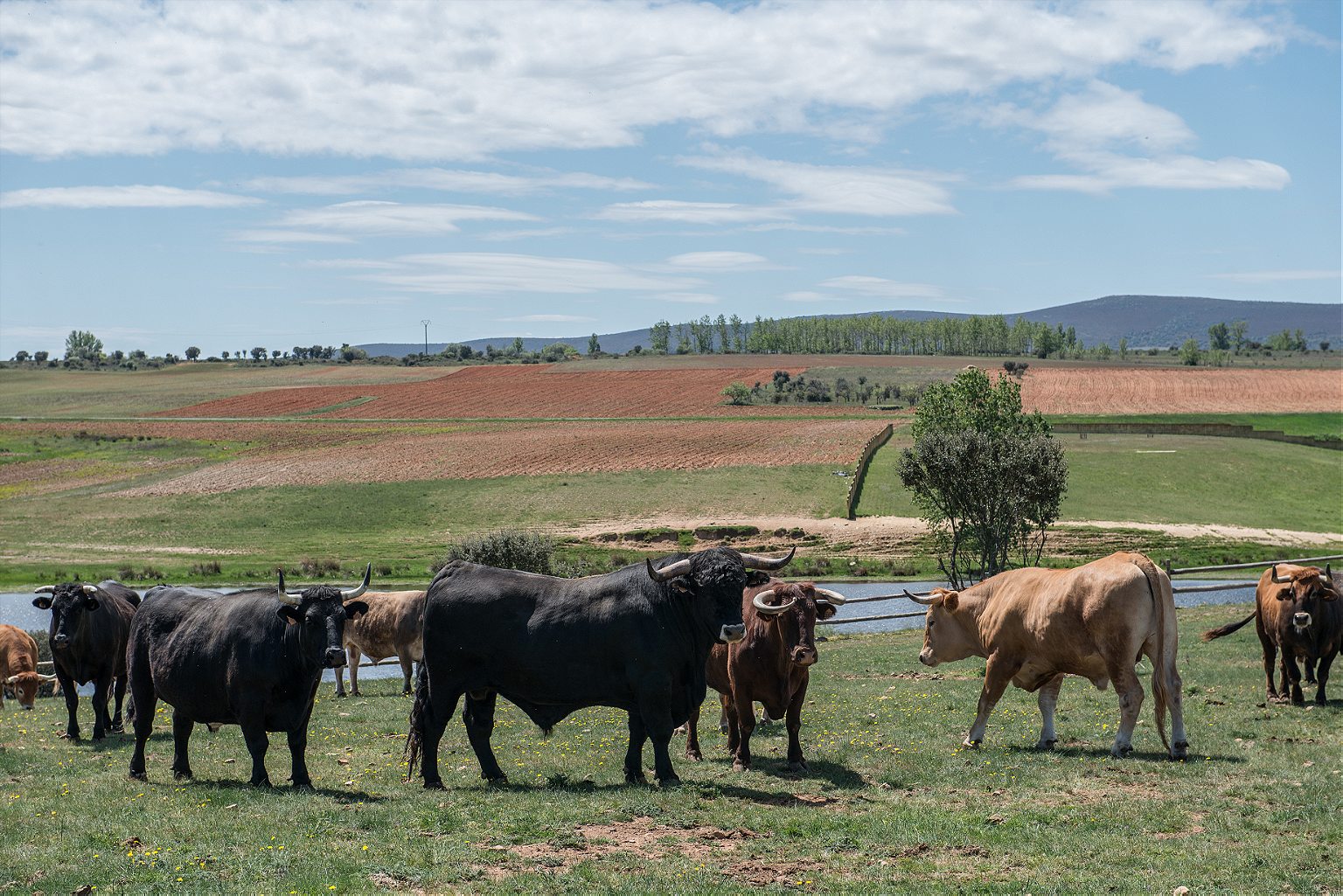
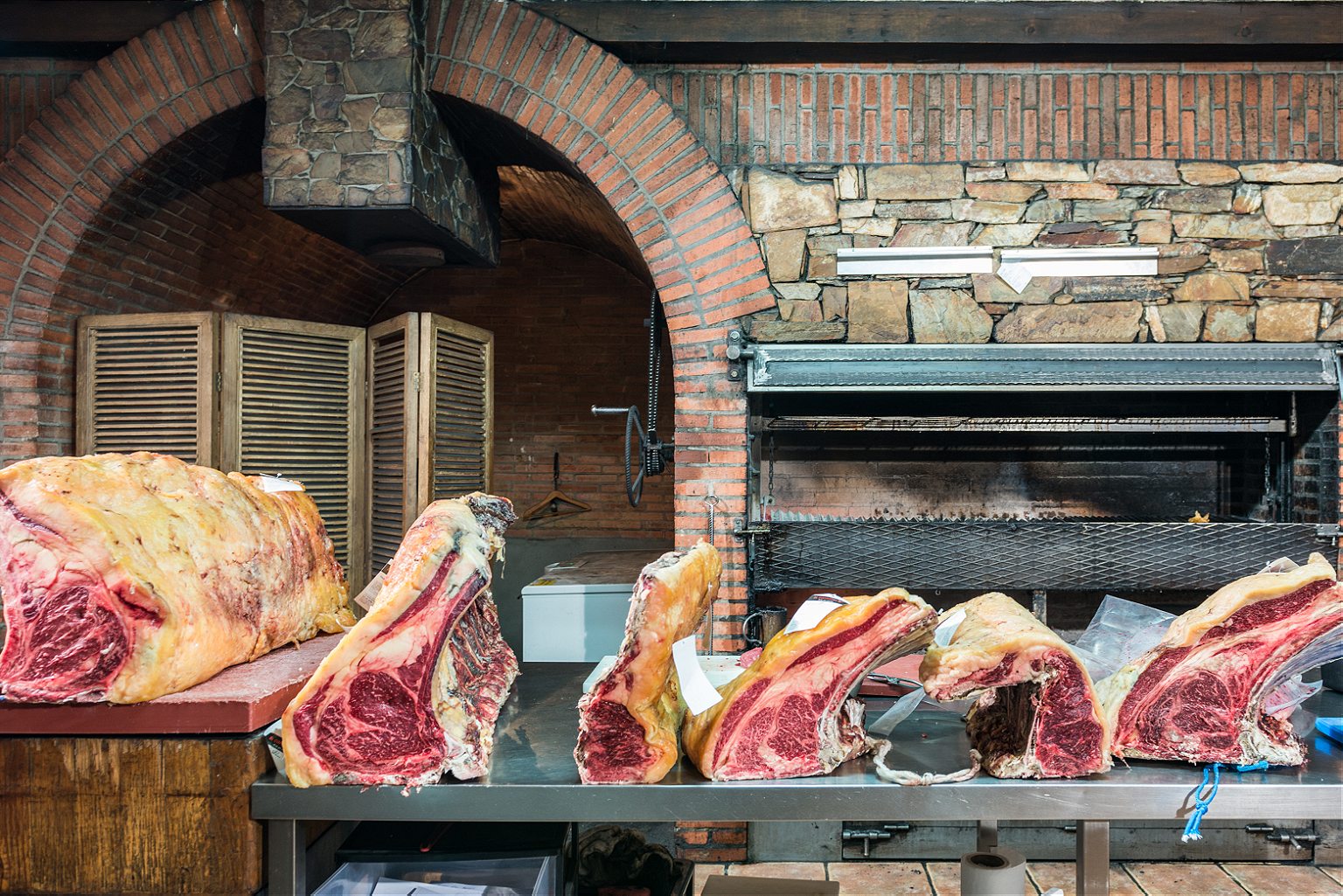
El Capricho specializes in mature buey (ox), generally working with animals up to 16 years old, aged, in some cases, for more than 200 days. Gordon, El Capricho’s photogenic chef and proprietor, looks a bit like an ox himself. His prominent head sits slightly forward on broad, thick shoulders and he moves with the quiet, deliberate intensity of a much larger animal. Most of Gordon’s life has been dedicated to a single quest: the pursuit of the perfect steak.
That journey starts in the fields surrounding his restaurant, where he works with a small herd of cows and oxen, raising them with astounding care and affection. Heading into the pastures, Gordon stops the car as we pass a large bull seemingly lounging in the grass. This one is sick, he says, approaching the animal and stroking its face. It’s hard to appreciate how large an ox is until you’ve seen one up close. They can clock in at over 3,000 pounds, meaning one wayward flick of the horns and it’s game over. Unfazed, Gordon kneels before the ailing beast, trying to coax it to eat a handful of grass and softly speaking to the huge animal as one might a beloved family dog. “How’re you doing my man? What a good boy you are.”
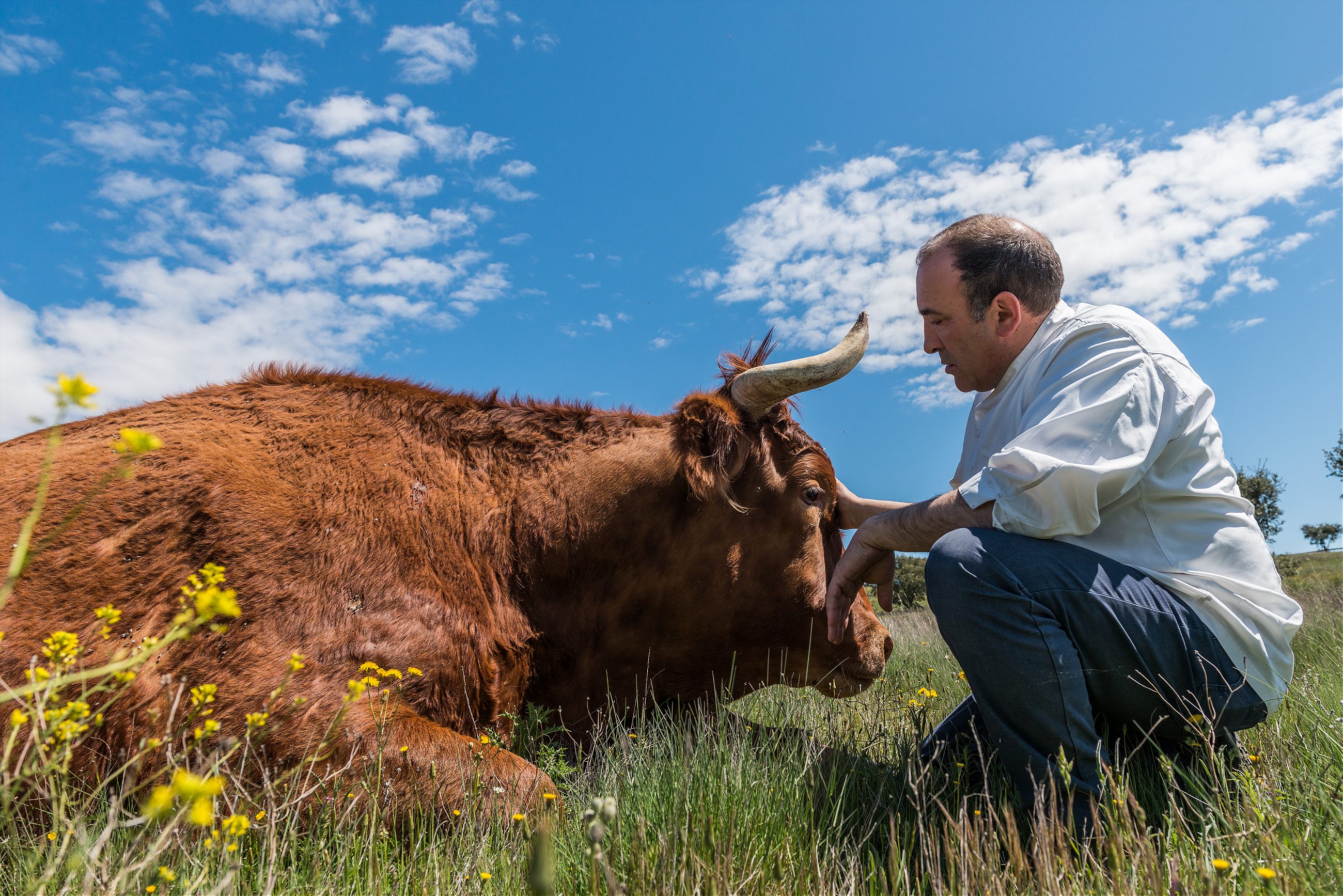
It’s jarring to see him act with such tenderness towards an animal I know he will eventually have to kill and serve. “That’s always hardest moment,” he says. “Animals feel a lot more than we think.” Even when he’s in the kitchen, Gordon never refers to these oxen as carne (meat), but rather always as animales. This is an important linguistic distinction, and one that speaks to a deep love for the creature itself; he is not willing to speak of the animal in terms that might somehow cheapen its contribution to the final product.
These little expressions of intimacy are repeated over and over again as we walk the pastures. Gordon actively seeks out close physical proximity, demonstrating, for example, how much the animals like to be brushed (even as the ox’s head dwarfs nearly his entire body). It is less a tour through the fields and more like the series of small, friendly greetings one often sees between older gentlemen in the squares and plazas of small-town Spain.
It quickly becomes clear as we move from the pastures to the aging rooms that this deep, personal knowledge of each animal is part of an approach to the product so granular that it blurs into obsession. Gordon works with nearly 100 different farms around northern Spain, the heart of the country’s red-meat culture, to locate the best animals, often rare breeds of oxen. He then takes in the animals and refines the flavor and fat content of this already top-notch cattle through a combination of diet (which includes cereal grains, oak sprouts, acorns, and grass from the high mountains around Leon) and hands-on care so they are relaxed and unstressed.
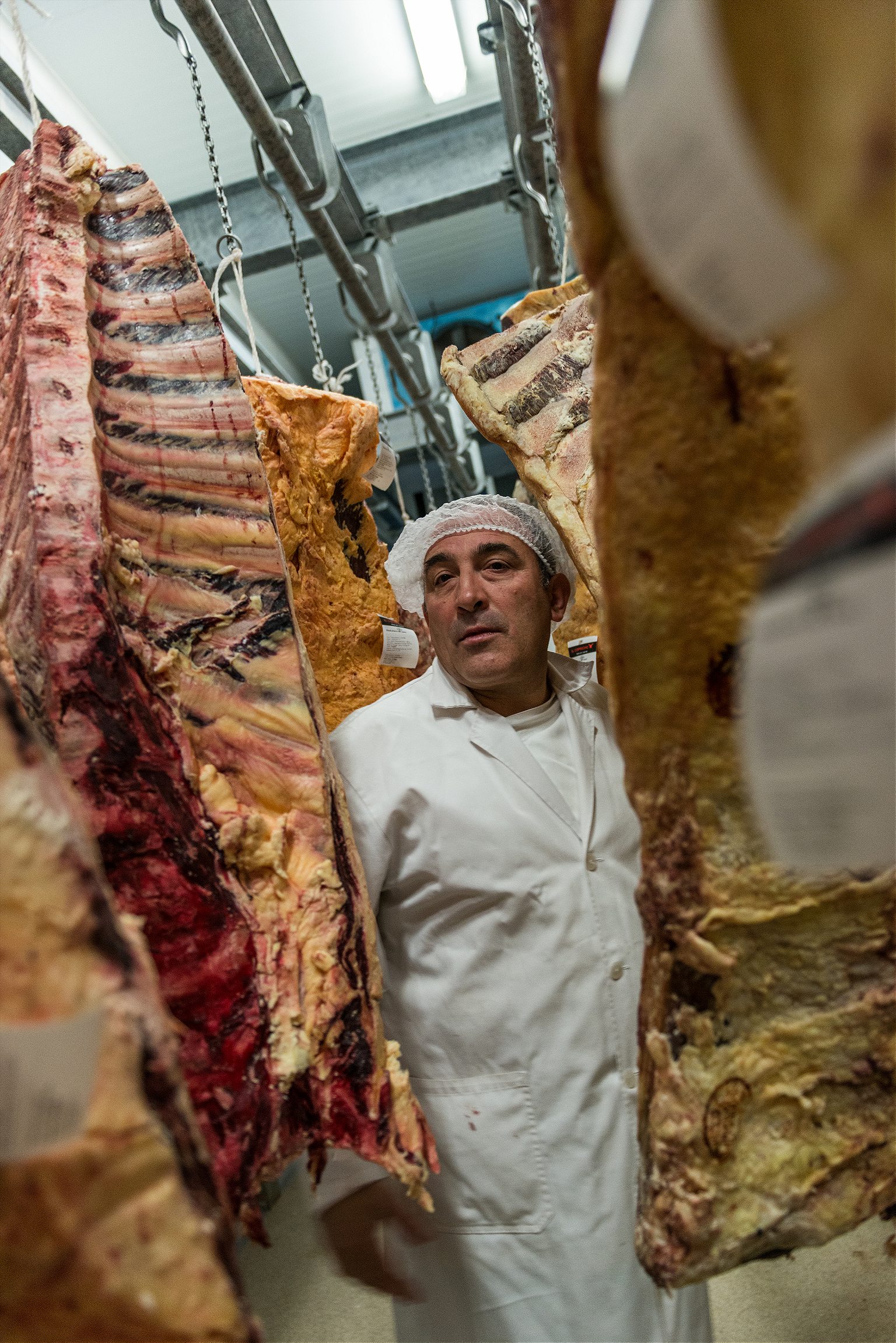
This attention to detail yields a cut of intensely flavorful meat rippled with the sort of beautiful, silky fat that meat-mavens will cross oceans to find. “Over the years,” he says, “I learned I need to dedicate myself to every animal individually. It’s not just about the quantity of fat, it’s the quality. When it’s warm, it’s caramel. It’s so subtle, so elegant.”
Once the animals are killed, he separates them into primal cuts and sets about dry-aging each individually based on a rigorous set of factors. Smaller cuts of younger animals may only need 60 days of aging, while some of his oldest and sturdiest buey can go for up to 200 days. In an ageing room 20 minutes from the restaurant, he shows us dozens of different cuts in varying stages of controlled decay. Most of it will be used at El Capricho, but a few lucky restaurants and high-end markets across Spain will receive a taste of Gordon’s obsession.

Back at the restaurant, we are ushered into a series of catacombs beneath the main restaurant and for the next few hours, plunged into a carnivore’s wonderland where even dessert is flavored with beef fat. The meal kicks off with a showcase of the full potential of buey: cecina (dried and cured like jamon for three years), ox-blood morcilla (sausage), 90-day-aged carpaccio with shaved foie gras and pine nuts, and the finest steak tartare I have ever tasted—a classic preparation, but made with meat so vastly superior that it ruins me for all other tartares going forward. On any normal day, we could have walked away satisfied with that alone, but the main event awaits: the chuleton de buey.
The chuletón, a cut not widely known outside of Spain, is the meat denomination of choice in northern Spain. An eye-popping, multi-pound slab of heroic proportions, the sight of a charred chuletón landing mid-table prompts a flood of endorphins, a fight-or-flight response at the prospect of taking down a steak the size of a human torso. When Spaniards go for meat, be it whole suckling pig (cochinillo) in Segovia or milk-fed lamb (cordero lechal) in Valladolid, they don’t mess around.
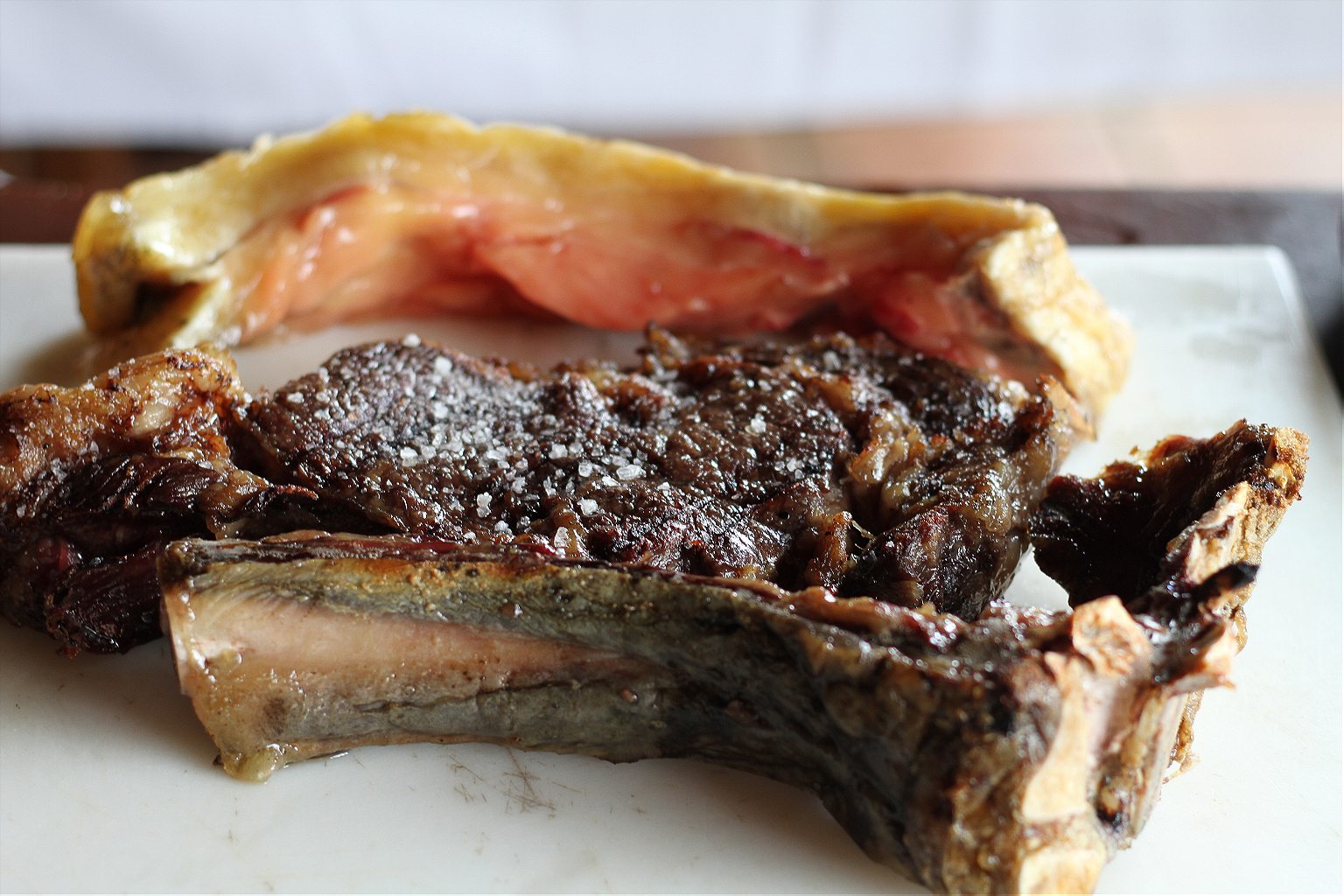
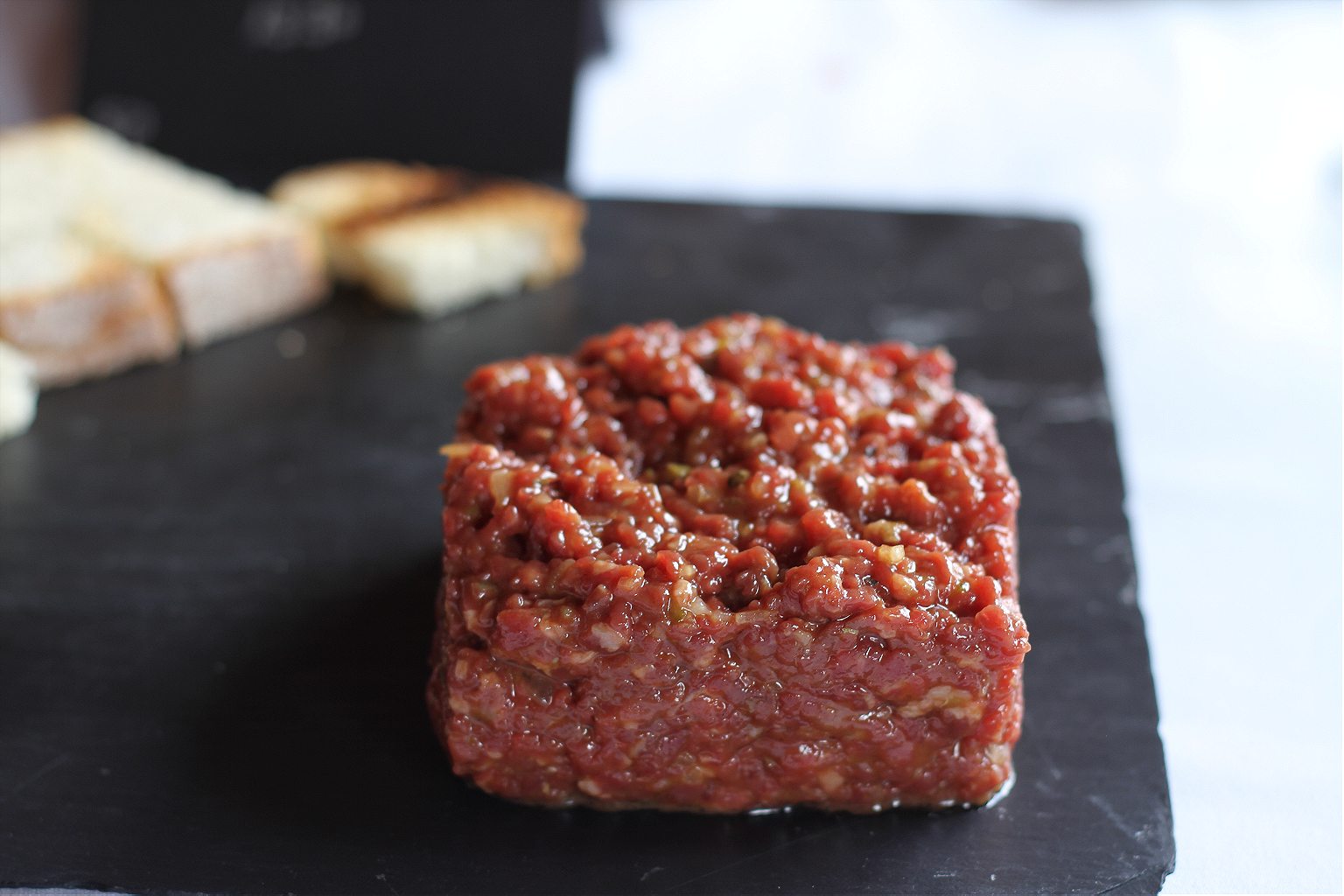
Because of Gordon’s meticulousness when it comes to everything from breed to feed to aging, his chuletón can be ordered in a dizzying array of combinations. Fancy an eight-year-old ox aged a modest 65 days? You can try that. To push the envelope a bit further and veer into a heady funk, go for 14 years old with 200 days of dry-aging. The flavors become even more aggressive: this is the bleeding edge of fermentation, when meat starts to take on the characteristics of cheese. Great slabs of steak, dry-aged for more than half a year, recall Cabrales, that vaunted Asturian expression of dairy and mold.
I’ve had the good fortune to eat some of the finest beef products known to man, from smoke-saturated brisket at the BBQ palaces of south Texas to multi-course Wagyu omakase in unmarked Osaka office towers. But Gordon’s level of focus and dedication in some ways exceeds anything I’ve seen before. The Japanese have a term for those who embody this type of obsession: shokunin, one who is bent on the relentless perfection of his or her particular craft. This end-to-end focus on refinement and religious attention to detail can transform something as seemingly pedestrian as a cup of coffee, a piece of raw fish, or a cut of meat into a revelation. This is the sort of alchemy Gordon performs with his oxen, and it is no different than watching the Adrià brothers change our perception of the humble olive at El Bulli through modernist magic. The end goal is the same: How can we elevate a single ingredient to levels previously unseen?
As the food coma fully washes over us, I’m still stuck on the way the day started: watching Gordon tend to the sick ox. The unexpected tenderness of the moment caught me off guard, as did Gordon’s response: “I want them to live well, and I want them to die well.” For Gordon, the final cut of meat is only as good as the animal itself. But like any true perfectionist, Gordon will never be satisfied: “I’m screwed,” he says. “I tell my family ‘don’t let me lease the house! Tie me up! Because if I lease it, I’ll buy more buey. I can’t stop.”